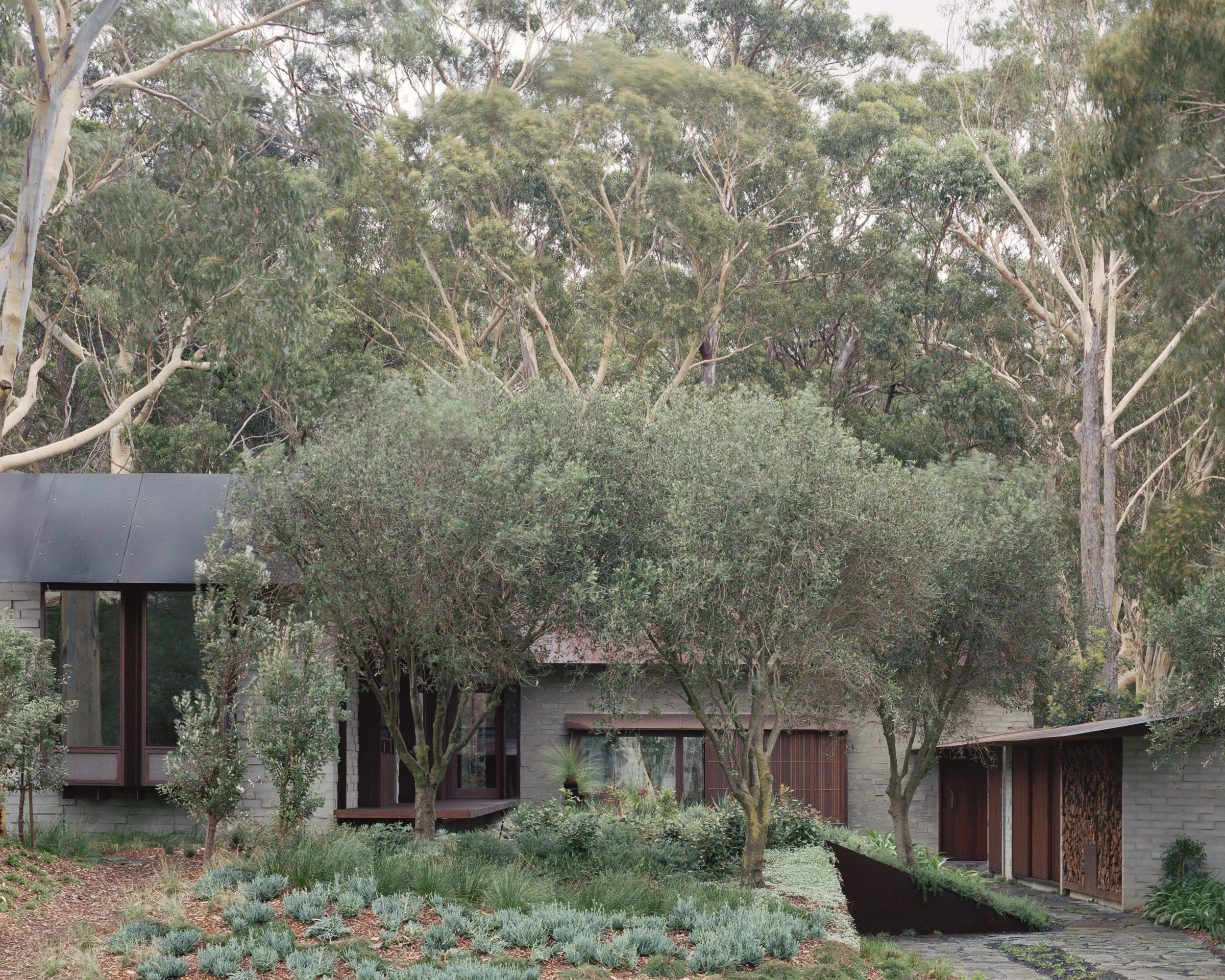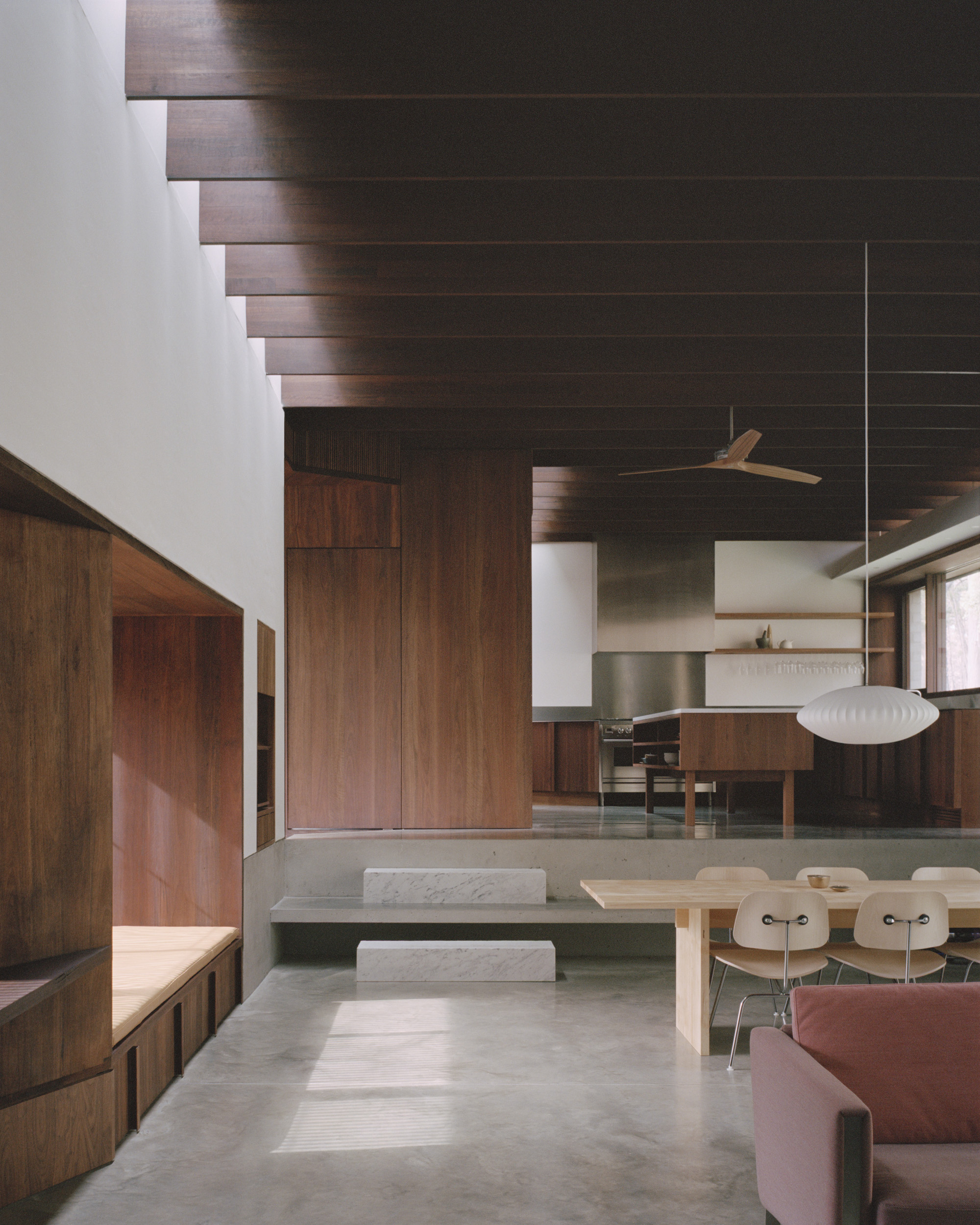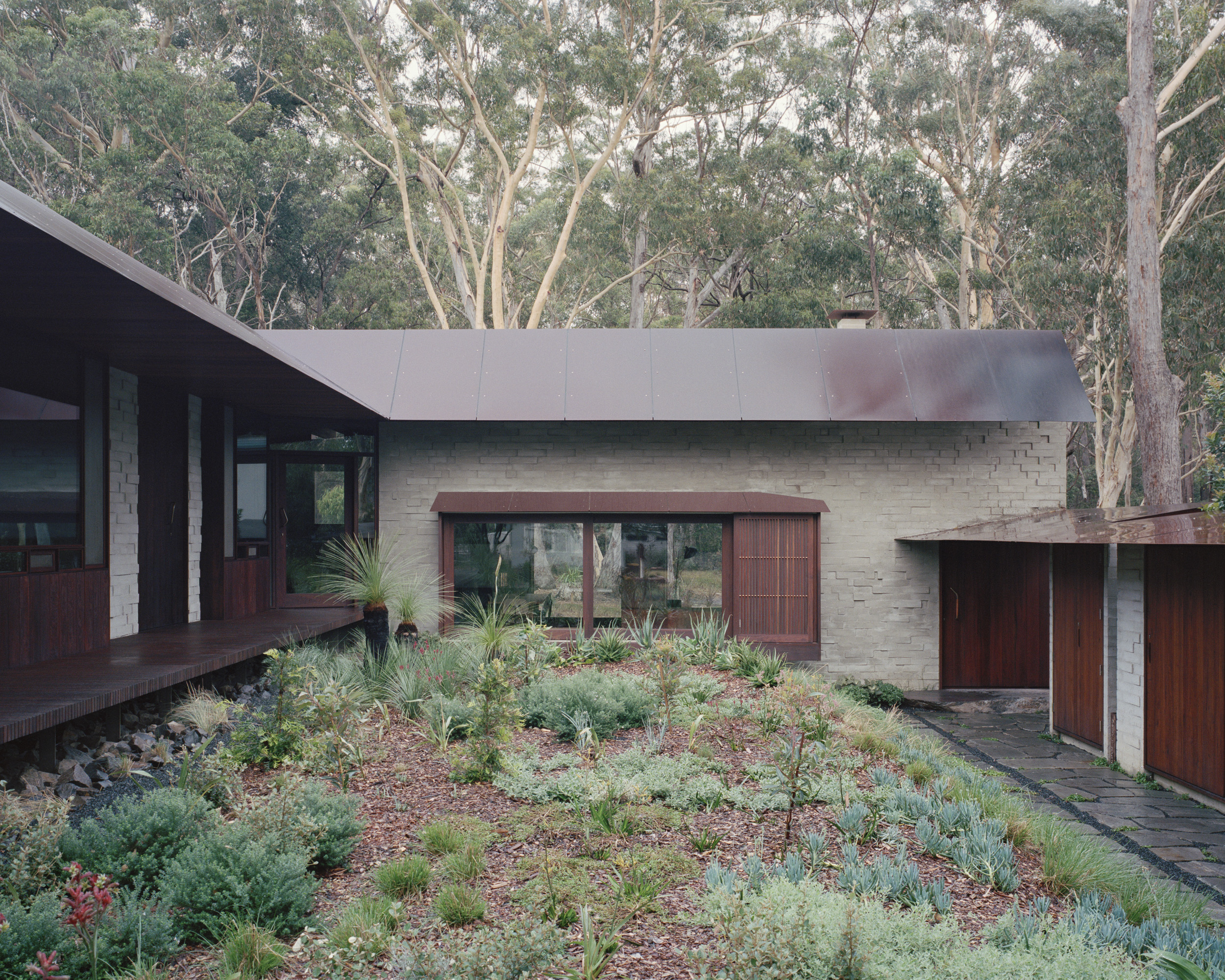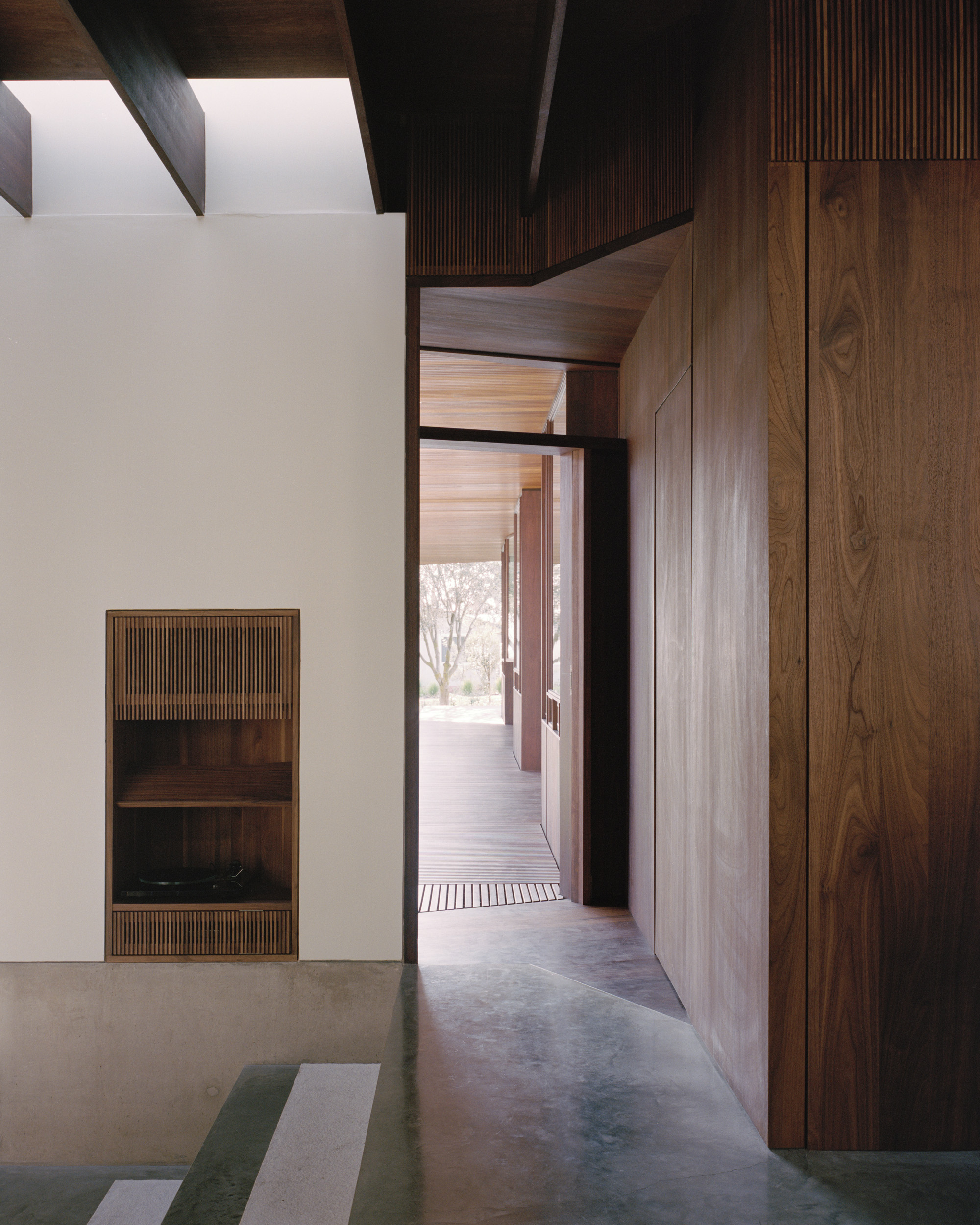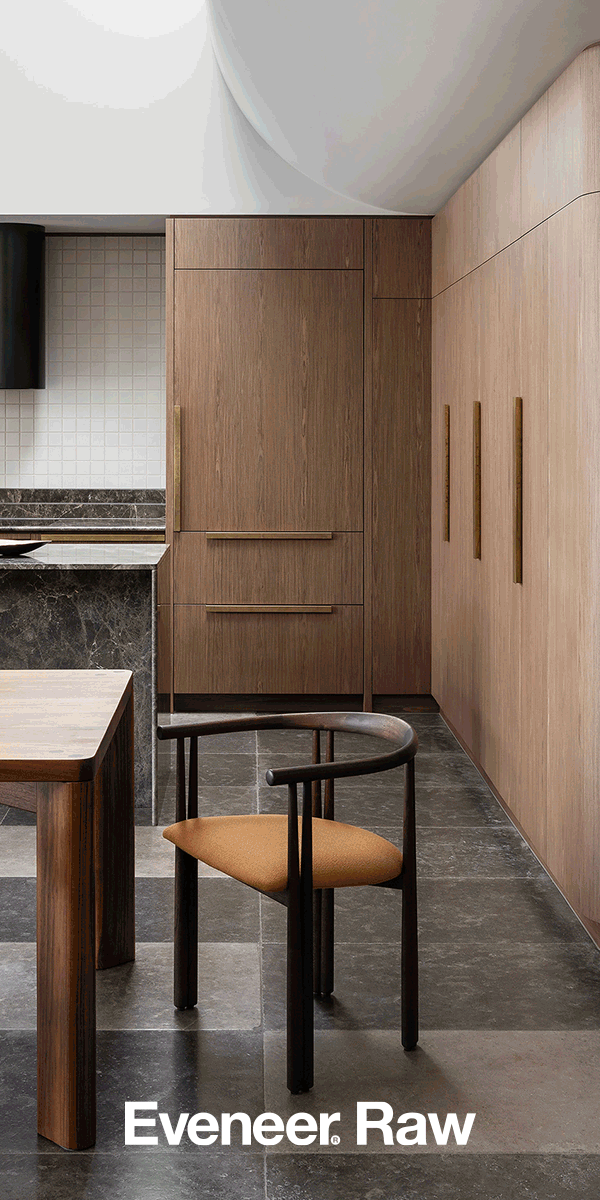Architects David Neustein (Other Architects) and David Welsh (Welsh + Major) discuss the pragmatics and aesthetics of Australian cemetery design....
Flat Rock House, Billy Maynard
The first built work of architect Billy Maynard embodies technical expertise, spatial and formal proposition and a well-honed knowledge of architecture’s histories, made legible in plan, section and via a symphonic arrangement of architectural details.
Essay
Angelo Candalepas
Photography
Rory Gardiner
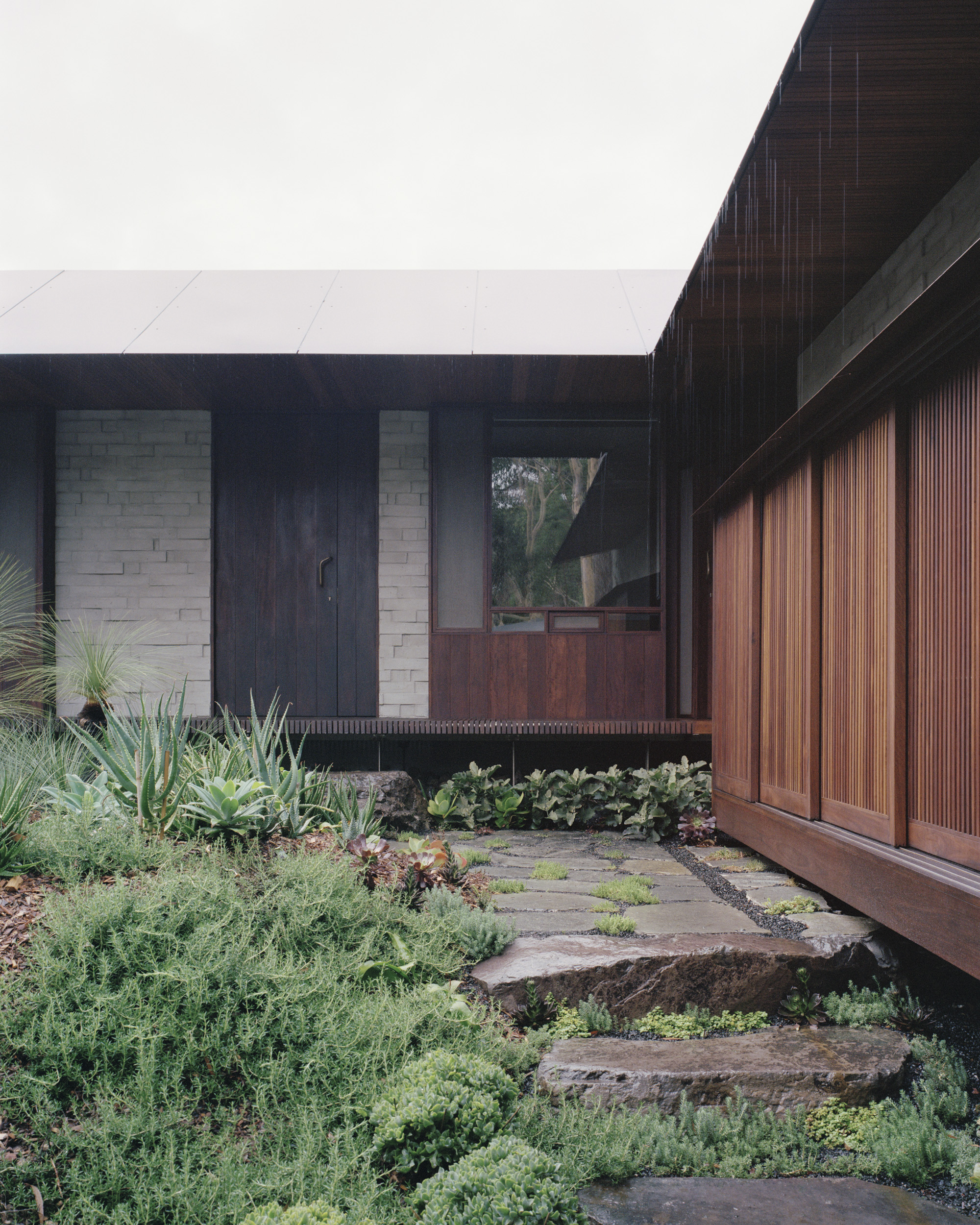
Houses present an elusive ideal in Australia. On the one hand, the world looks to us via the residential work of our acclaimed architects – Murcutt, Leplastrier, Andresen, Godsell, etc. – to see how we relate to our place. On the other hand, we look towards our own architectural profession’s work for insights into what our culture may tell us about ourselves. For me, there are only two forms of construction: those that embody universal ideas about our culture (architecture) and those that do not (not architecture).
In Flat Rock House, the hand of a young architect is evident in the desire to demonstrate, with dexterity, the tools of our trade. These include technical expertise, spatial and formal proposition, understandings of history and the ambiguous nature of our time, with its ever-growing distance between the natural world and the human condition. There is, in the work of any young architect, a coalescing of everything known to that person, as evidence of life and of knowledge, and in the pursuit of a positioning of ‘fresh eyes’ upon the subject matter of architecture.
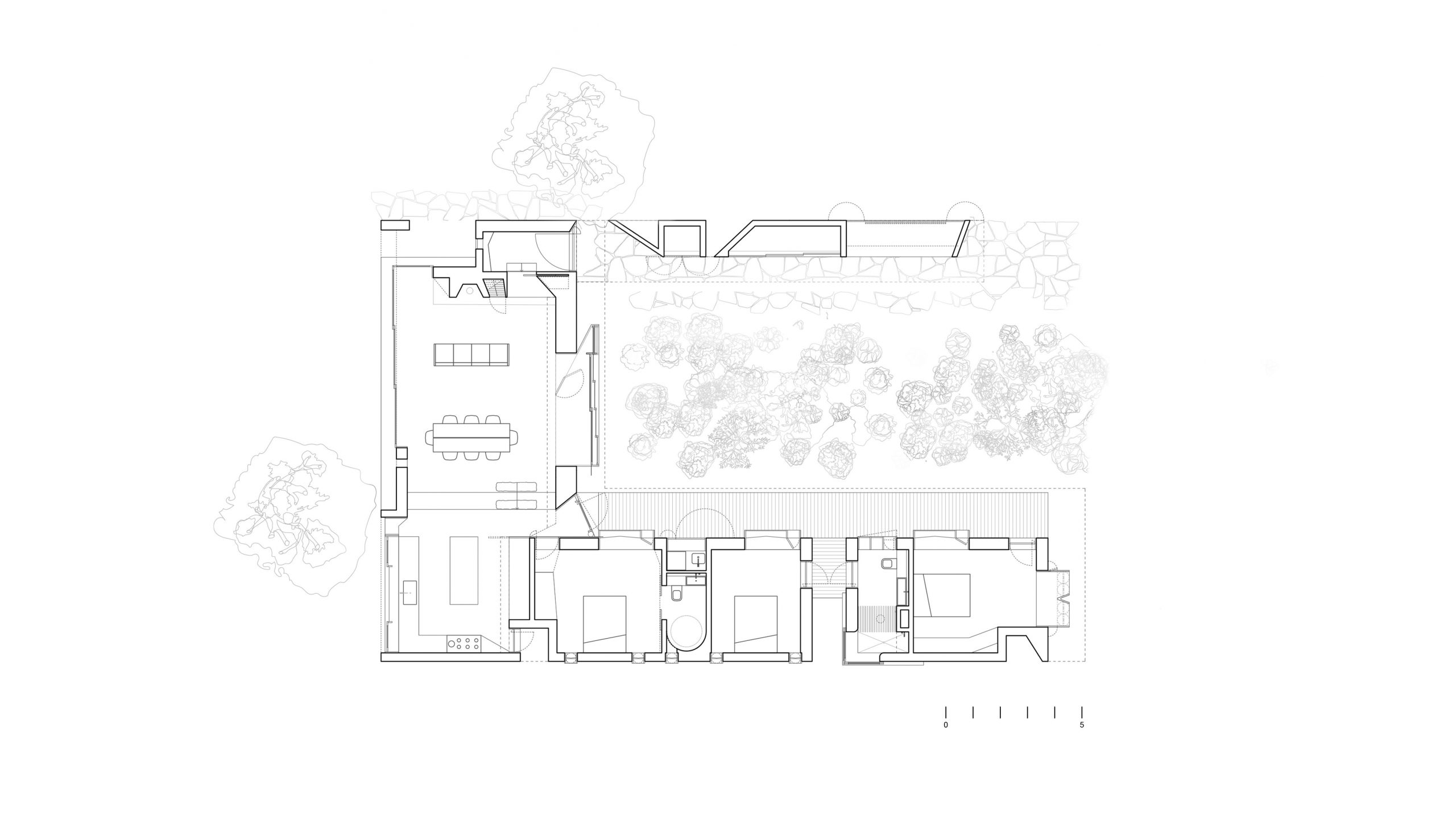
This house is a courtyard house with one end open to the landscape. Its orientation defers the courtyard’s opening to the street, one with a remnant suburban character where houses of simple design deliver a juxtaposition in which is embodied another-worldliness – suggesting that the subject house is neither contextual nor able to be imagined as something easily replicated in this street. In a counter-intuitive plan, the orientation of the courtyard appears to ‘turn its back’ to the natural landscape, perhaps to pay deference to the ocean rock after which it is named.
Belying its planning, the house presents a sectional proposition that develops largess in its window to landscape relationship and a certain modesty to the window that faces the street, whereby those who dwell in the house are drawn into repose. In this way, the house represents the architect’s constant pursuit of aligning interfaces with the exterior environment, a pursuit that is palpable in the plan and the section. In every part of the plan there is evidence of an architectural mind at work, one that understands certain lessons from history – from seeking to disintegrate form in shadow and light (as in the Greek Doric Triglyph) to the characteristics of religious architecture associated with the compression and expansion of experiential space (from the Abbey at Cluny to Frank Lloyd Wright’s houses). This is evident not only within the house itself but also in its external interfaces, which engage or (more importantly) disengage with the landscape that at once abounds and is interrupted by the extant built environment.
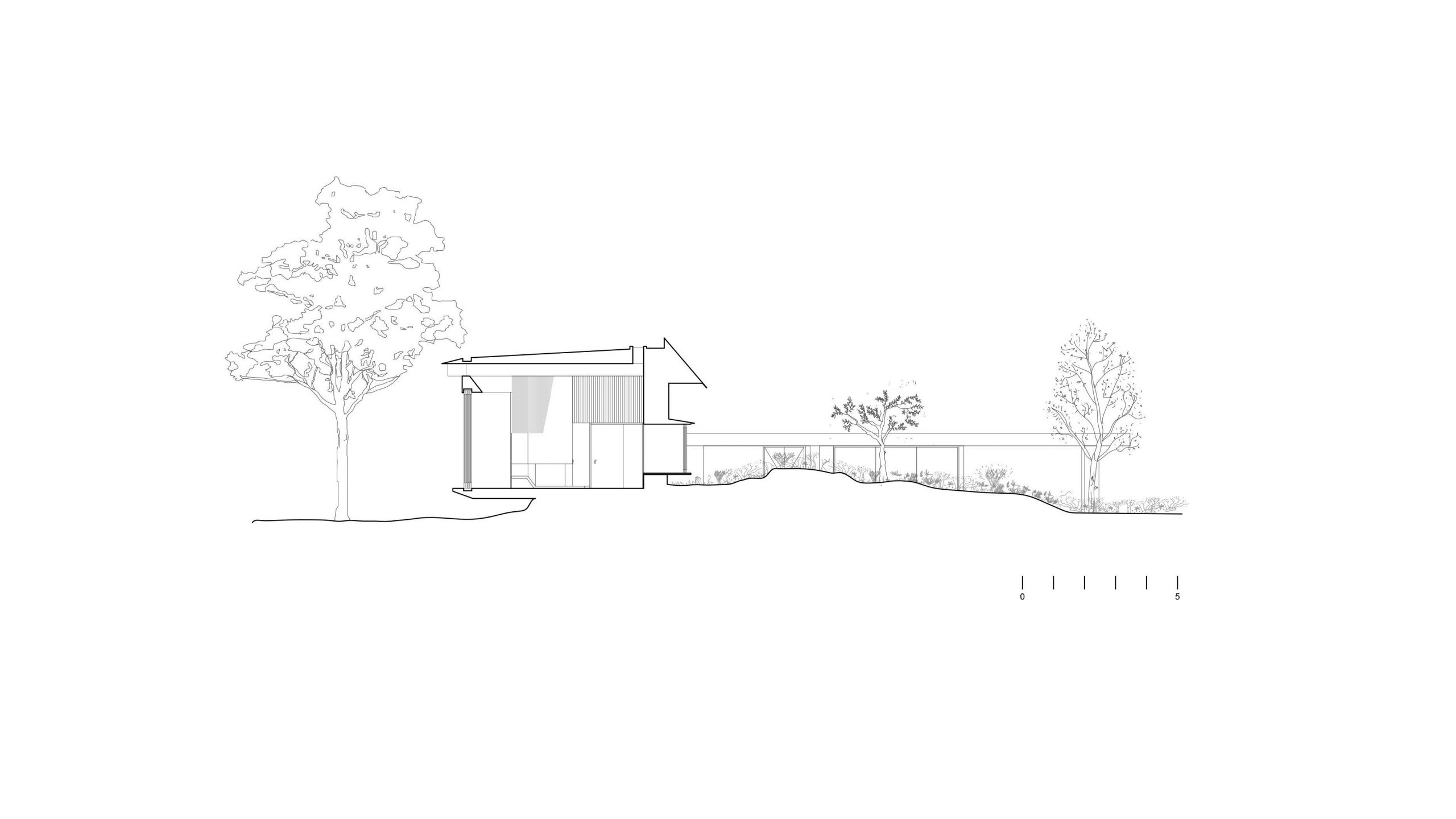
It is also a house full of details. There is a small ‘ear’ cut into the side of the fireplace, likely a panel handle; there is a slight incline in the bathtub concrete under the seat, likely an overflow; there is a junction of a steel fascia-board unusually aligned with the portal reveal, likely to relate to the articulation of available steel-lengths handleable on site. There is also a tiled datum in the shower above a formed concrete base, likely to offer ease of maintenance.
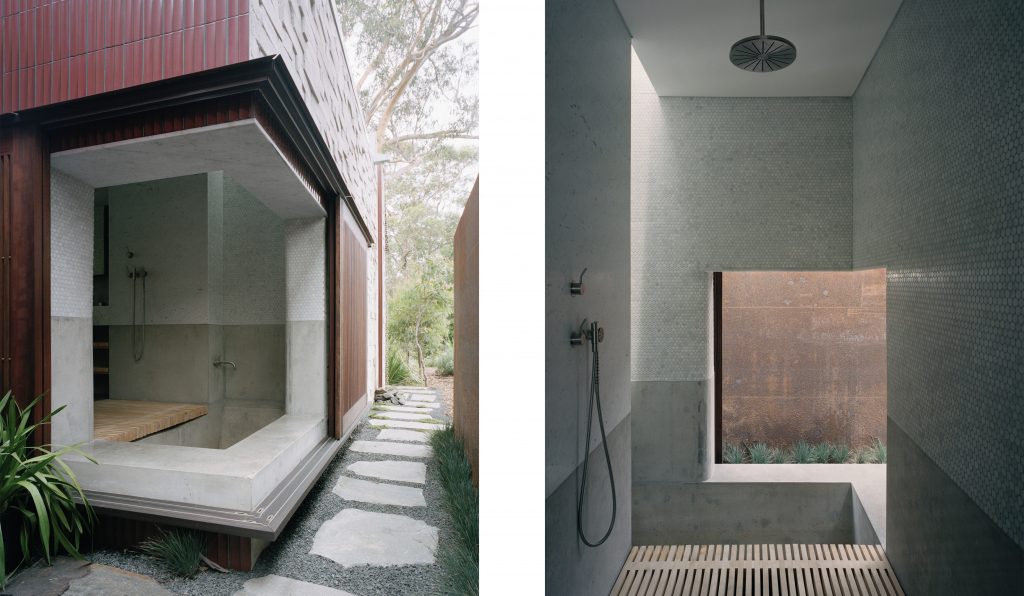
All these personal ‘moments’ are useful in a house, as well as taking to the extreme the familiar agenda of offering details in the Australian architect-designed home. These details are also a delivery of history, as can be seen in the clear references to Aalto (Villa Mairea), Lewerentz (St Mark’s Church) and the more recent American houses of Kundig and Joy as well as the work of the extraordinary Álvaro Siza. In a global compositional sense, the architect’s exuberant quoting reminds me of the early work of music composers – Beethoven’s ‘Symphony No 1’ (composed at age 29) or Bach’s ‘Gott ist mein Koning’ (composed at age 23) for example – whose technical acumen was gained through quotation as their understanding of historical work was developed. It also gives insight into what this young architect may be expected to deliver in coming years and that this promise, while unpredictable, is sure.
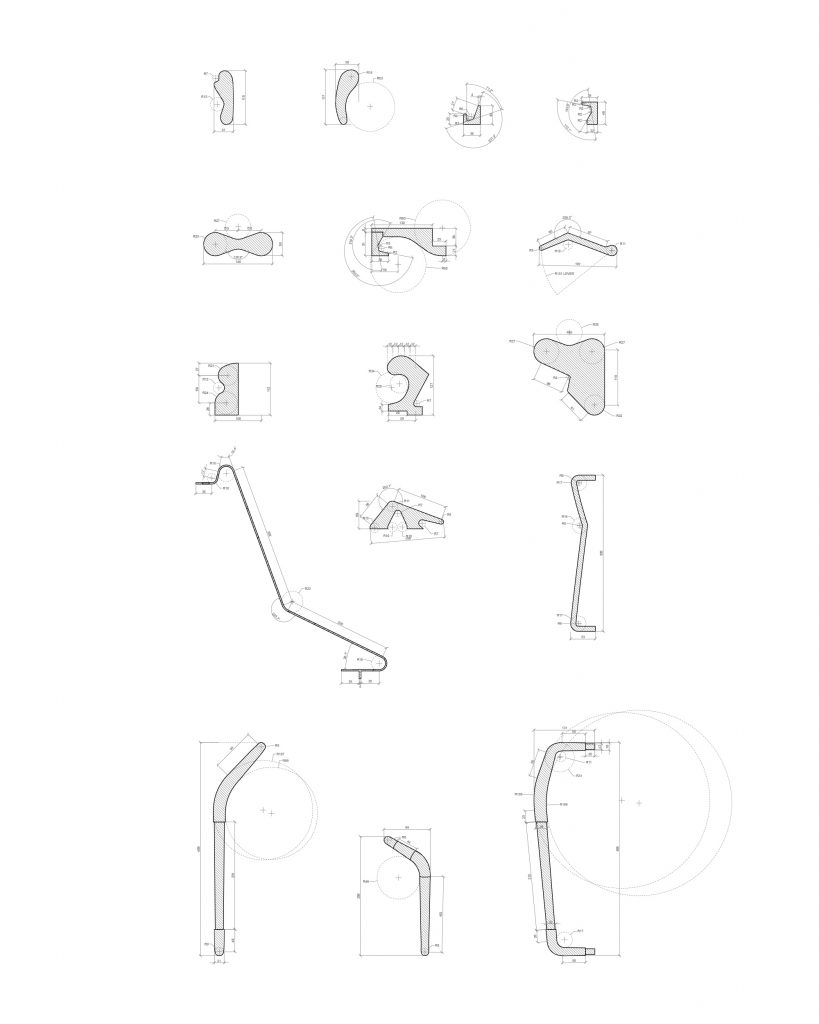
Flat Rock House is therefore, to my mind at least, the first work of a promising young architect, one who has the benefit of talent and intellect and to whom the world’s lessons, as evidenced in his work, are known. On my part, I can only encourage this palpable love, this clarity of intention, this dear affection of materials, details and the way that they engage with the real world in order to seek a deeper meaning. And perhaps, in that path toward meaning, there is also an opportunity to seek reverie so that we are able to enjoy the rhythmical breathing of our body and its synchronicity with the adjacent landscape.
Flat Rock House is most capable of offering that moment, to those who visit it and those who can only ever understand it, as I have, through beautiful drawings and beautiful photographs by an equally talented photographer.
Originally published in Union 01. For more drawings and photography of this project subscribe to Union magazine.
